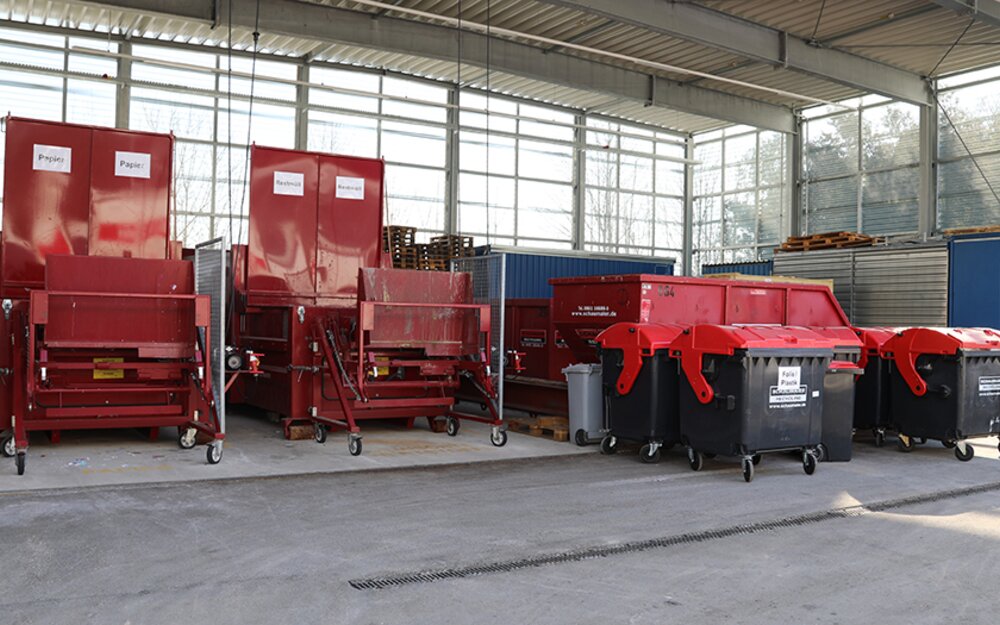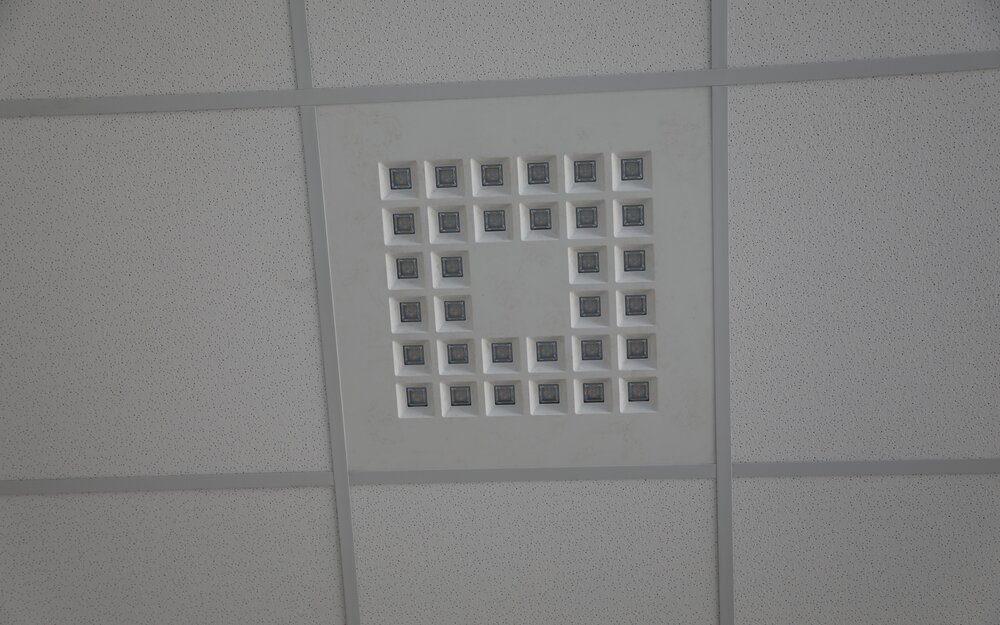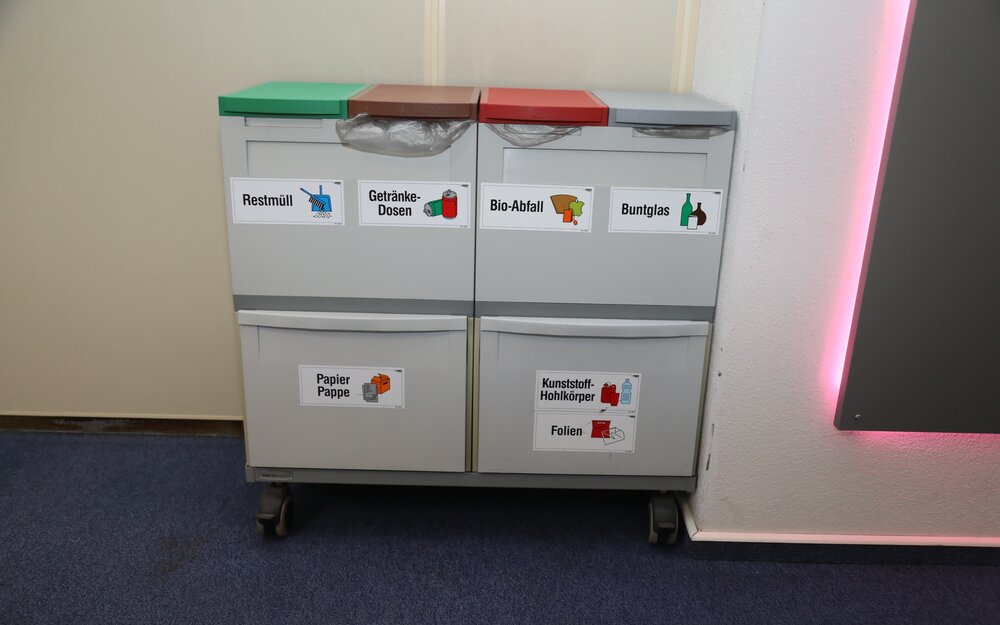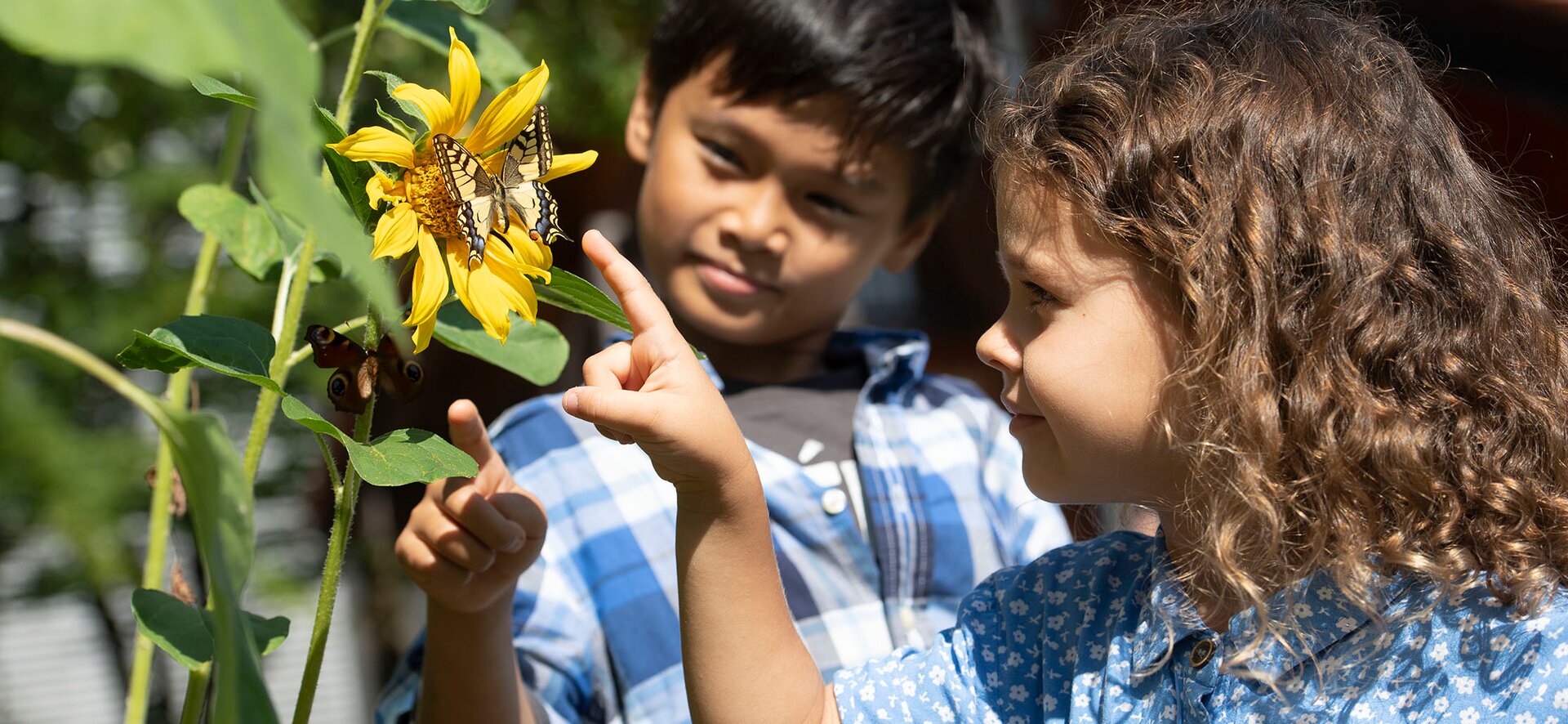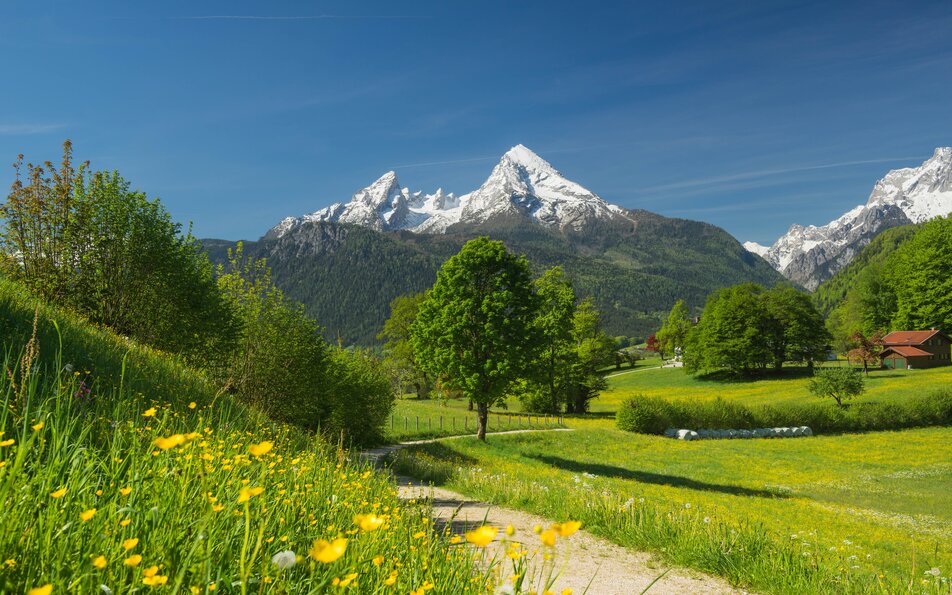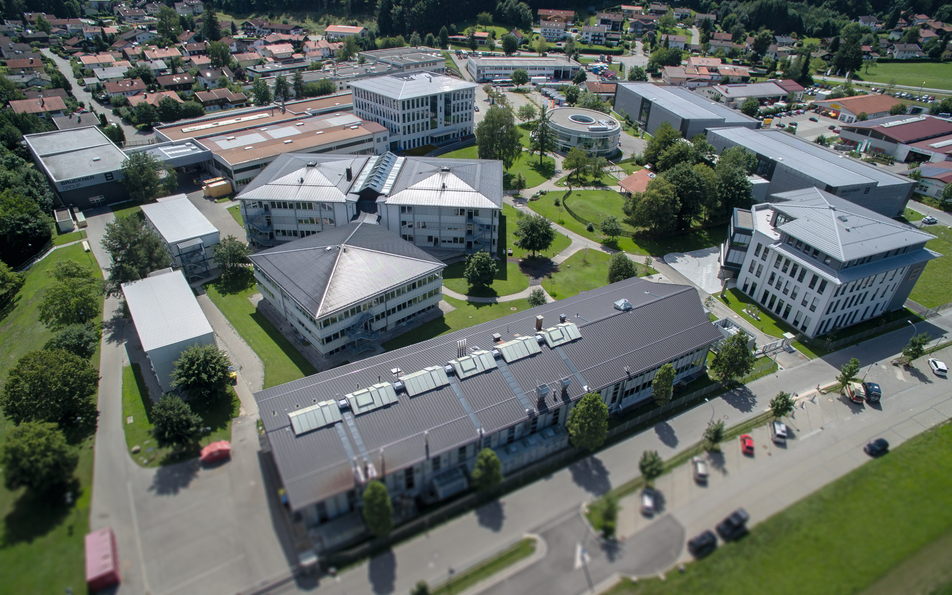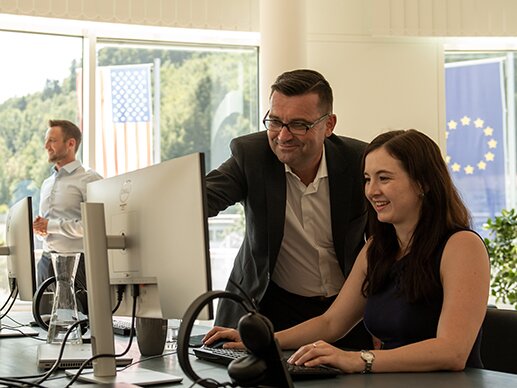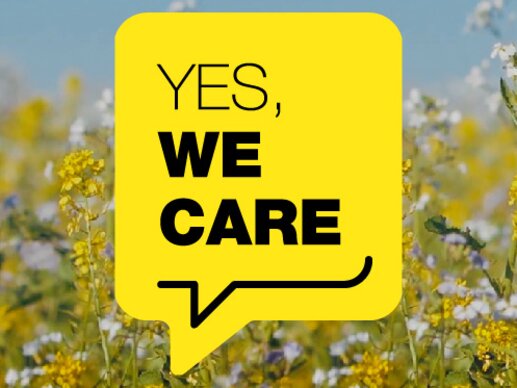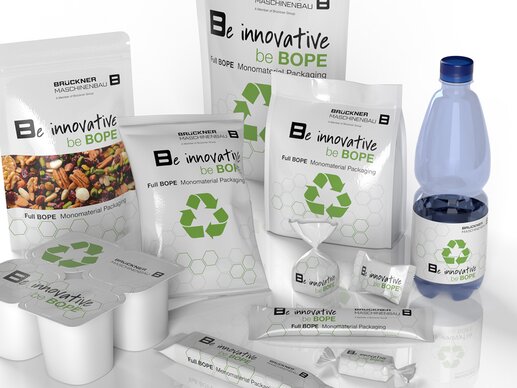Environmental protection from the very beginning
Traditional goals beyond mere recycling
Protecting nature through the responsible use of resources and products has been part of our DNA since the beginnings of our family business.
Despite all the necessary developments for the rapidly evolving circular economy, Brückner Maschinenbau is also sticking to its traditional goals of further decreasing raw material use and ever lower energy consumption in film production. With all the justified demands for recycling and reusability, the challenge of climate change and the reduction of the CO2 footprint within the entire value chain must not be forgotten. This also includes, for example, the use of bio-polymers, the reduction of process steps and the avoidance of waste in all phases of production.
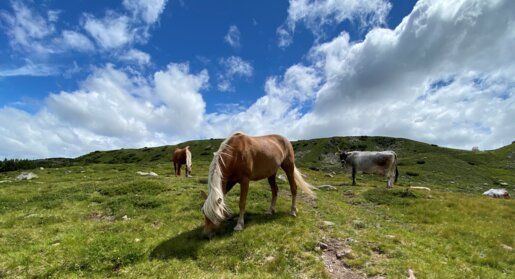
Climate
We protect the environment and resources
Climate protection is first and foremost about reducing energy consumption and the emission of harmful greenhouse gases. Since 2000, we at Brückner have reduced the energy consumption of our film stretching lines by almost half. And we remain ambitious: we are constantly optimising our proven measures. The state-of-the-art heat recovery systems are also available as retrofits for existing facilities.
Our special energy monitor continuously displays information on consumption and savings opportunities, and the associated assistance systems automatically implement these. We are also working on new solutions such as waste gas purification in film production or intelligent energy distribution in the electrical drives of our plants.
Circular economy
It only works together
A functioning circular economy requires the cooperation of all: raw material manufacturers, machine suppliers, film producers, converters, packers, brand owners, traders, consumers, waste collectors and sorters, recycling companies. In a wide variety of cooperative ventures, Brückner Maschinenbau brings to bear not only its globally unique technology centre, but also the know-how and commitment of its employees.
100% mono material – best recyclability –
minimal impact on the environment
Brückner Maschinenbau has developed mono-material packaging solutions together with raw material manufacturers, film producers, converters and brand owners to close the loop of plastic packaging. These coated and uncoated monomaterial films with excellent mechanical and optical properties can replace previous multilayer films made of different materials. They are ideal for use in new packaging that is as pure as possible and guarantee good sortability in waste separation as well as the best recyclability. In addition to the proven materials BOPP and BOPET, BOPE opens up a new possibility.
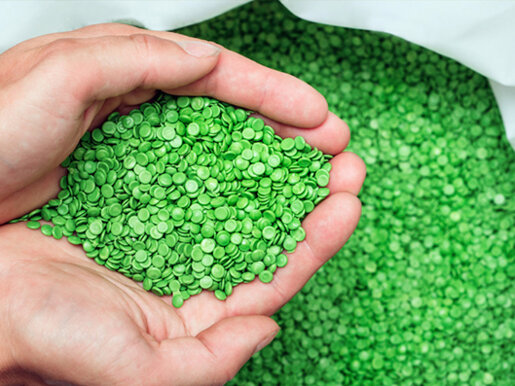
Cooperation is the key to success
In addition to the many partnerships in film development, Brückner Maschinenbau is also involved in other cooperative ventures.
PrintCYC is an initiative for the recycling of printed films. Current members are the machine suppliers Brückner Maschinenbau, Erema, Kiefel and PackSys Global, Profol, the specialist for flat PP films, and the ink manufacturer hubergroup. The project group has achieved remarkable results with regard to the recycling of printed plastic films and the further processing of recyclates from printed plastic films. With their research results, the PrintCYC members want to further develop the guidelines for "Design for Recycling" in cooperation with other organisations and initiatives, sorting and recycling companies as well as with politics.
In the technology centre of Brückner Maschinenbau, the regranulates made from printed films were used for the production of sequentially as well as simultaneously stretched films. In the final analysis of the samples in the film laboratory, the film properties were quite convincing even with 100% regranulate content. The regranulates were also successfully used in the production of cups, trays and tubes.
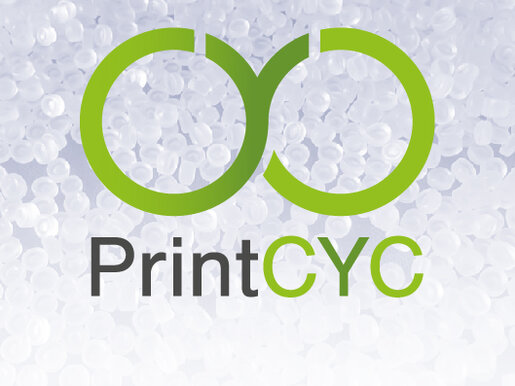
R-Cycle is a cross-industry consortium working on an open and globally applicable traceability standard that ensures the complete documentation of recyclable packaging along the value chain. To retrieve the stored information, a mark - for example a QR or digital watermark code - is applied to the packaging. R-Cycle is being developed to market by a number of technology companies and organisations across the value chain. The tracking technology behind R-Cycle is based on GS1 standards - the leading global network for cross-industry process development used for more than six billion scanned barcodes every day.
In close cooperation with various partners, Brückner Maschinenbau has initiated the pilot project "Polypropylene chip bag" in order to use this example to show concretely which steps must be taken to be able to make a chip bag recyclable. The way to achieve this is paved by the addition of the innovative data provision by R-Cycle and the associated improved identification and sorting.
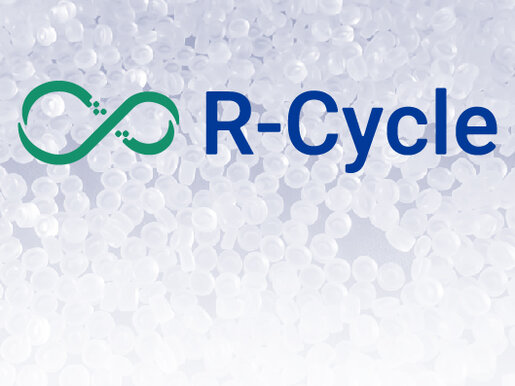
For example, the Siegsdorf site relies on its own power supply by means of decentralised energy generation, its own combined heat and power plant and the resulting generation of approx. 800,000 kWh/year, and thanks to the help of a combined heat and power system, saves approx. 32% primary energy, among other things. Innovative absorber refrigeration systems provide a more pleasant climate in all rooms and, in combination with combined heat and power generation, also reduce CO2 emissions by 200,000 kg/year. The conversion of heating energy from oil to gas creates an annual fuel saving of 300,000 kWh and the extensive conversion to LED lighting in offices, halls and outside areas saves a further 140,000 kWh/year. These are just a few of the energy-saving measures at the Siegsdorf site that are being continuously expanded.
In the course of waste management, the site relies on the use of a professionally designed waste site as a recycling centre in order to be able to better separate plastics, paper, biowaste, steel, sheet metal, electronic scrap and residual waste and thus reduce the amount of residual waste to 10% of total waste. Already today, our waste is sorted again in appropriate facilities after collection. Pure plastics are filtered out and go partly to the plastics processing plant and partly to the substitute fuel processing plant. This also applies to the plastic waste from our technology centre.
In all new construction projects, the site management also pays attention to minimising the CO2 footprint or implements measures to improve the air supply. With sustainable landscaping of extensive green and flowering strips between the buildings and a specially created bee pasture, the site offers more stable living conditions for the resident insects and thus contributes to their survival. In addition, in order to preserve as much green space as possible and seal less land, employees have access to two modern, multi-storey car parks instead of large parking lots with infrastructure for e-charging stations. The local canteen uses primarily regional products every day instead of food that has already travelled "halfway around the globe". In this way, every measure, no matter how small, supports our efforts for a more sustainable future at the Siegsdorf site.
